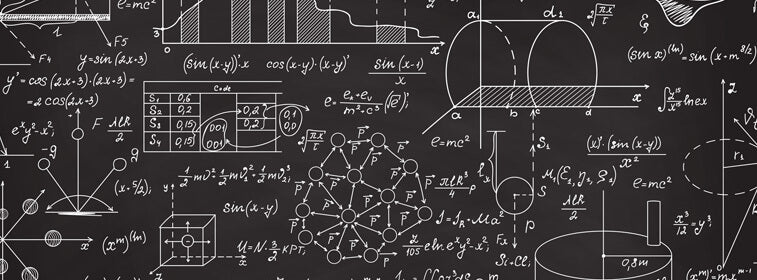During the previous discussion on rate equations, one of the key points covered was the definition of rate in the rate equation.
The term “rate” refers to instantaneous rate, rather than average rate.
However, in the absence of instantaneous rate data, average rate can be used to approximate instantaneous rate…
and the small the time frame over which the average rate is taken, the better the approximation.
Let’s take a look at the rate constants and orders of reaction
2A (aq) + B(aq) → 3C (aq) …………(1)
As mentioned in the last discussion,
| – ½Rate A = -Rate B = ⅓Rate C |
Rate A = kA[A]m[B]n
Rate B = kB[A]m[B]n
Rate C = kC[A]m[B]n
A burning question in your mind might be:
- Why are the rate constants different? Should there not only be 1 rate constant for the reaction?
- If rate constants are different in different rate equations, then why are the orders m and n not different too?
Let’s take question 2 first, as it is much easier to explain.
The orders of reaction, m and n, in this reaction, is dependent on the mechanism of the reaction.
Expressing the rate of reaction with respect to different reactants and products (ie Rate A, Rate B and Rate C) does not change the values of m and n, since there is only 1 mechanism for the reaction.
Since the values of m and n are the same when we express the rate of the reaction with respect to different reactants and products, and the rates of reaction with respect to A, B and C is
– ½Rate A = -Rate B = ⅓Rate C
Then,
| -½kA[A]m[B]n = – kB[A]m[B]n = +⅓ kC[A]m[B]n |
| ⇒ -½kA = – kB = +⅓ kC ……… (2) |
If all the rate constants are of the same value (ie. kA = kB = kC), equation (2) will not hold.
Thus, the rate constant of the reaction is not one value, but are different values expressed with respect to different reactants and products.
This is probably in your minds now:
“But we have never been told or taught that rate constant is different if expressed with respect to different reactants and products!
We thought there is only ONE rate constant in a reaction.
What should we do?”
Lets take a look at 2 typical questions with experimental data presented in different manner
Example 1: DHS 2012 P3
The kinetics of the hydrolysis of the ester, CH3CH2CO2CH3, may be investigated by the following method
CH3CH2CO2CH3 + H2O → CH3CH2CO2H + CH3OH
In a 1 dm3 mixture, 0.350 mol of the ester was hydrolysed by heating with water and using hydrochloric acid as catalyst. The following results were obtained.
| Time/ s | Concentration of CH3CH2CO2H /moldm-3 |
| 0 | 0 |
| 340 | 0.105 |
| 680 | 0.185 |
| 1080 | 0.243 |
| 1440 | 0.278 |
Example 2 : NJC 2011 P3
The hydrolysis reaction of aspirin is catalysed by an acid.
Four experiments were carried out to find the relationship between the rate of reaction and the initial concentration of aspirin and the acid catalyst.
The results are recorded in the table below.
| Experiment | [Aspirin]/moldm-3 | [H+]/moldm-3 | Initial rate / moldm-3h-1 |
| I | 0.04 | 0.08 | 1.00 |
| II | 0.05 | 0.08 | 1.25 |
| III | 0.04 | 0.06 | 0.75 |
| IV | 0.05 | 0.06 | 0.94 |
Discussion:
1. In example 1, the concentration of CH3CH2CO2H was tracked with time.
Thus the instantaneous rate at different time is rate of concentration change of CH3CH2CO2H. Thus the rate constant is also with respect to the concentration of CH3CH2CO2H.
2. There are many questions such as example 2, where it is not stated if the initial rate is with respect to which reactant or product (which is technically incorrect).
If the initial rate is with respect to aspirin, then rate constant is k aspirin.
Thus in example 2, the k value is with respect to the reactant or product of which the initial rate is recorded. Since it is not stated, then we leave the rate constant as k.
This practise misled most students into thinking that there is only 1 k value for a reaction.
There are MORE things about reaction kinetics which your teacher did not teach you!
Find out more by signing up at www.FocusChemistry.com NOW!

